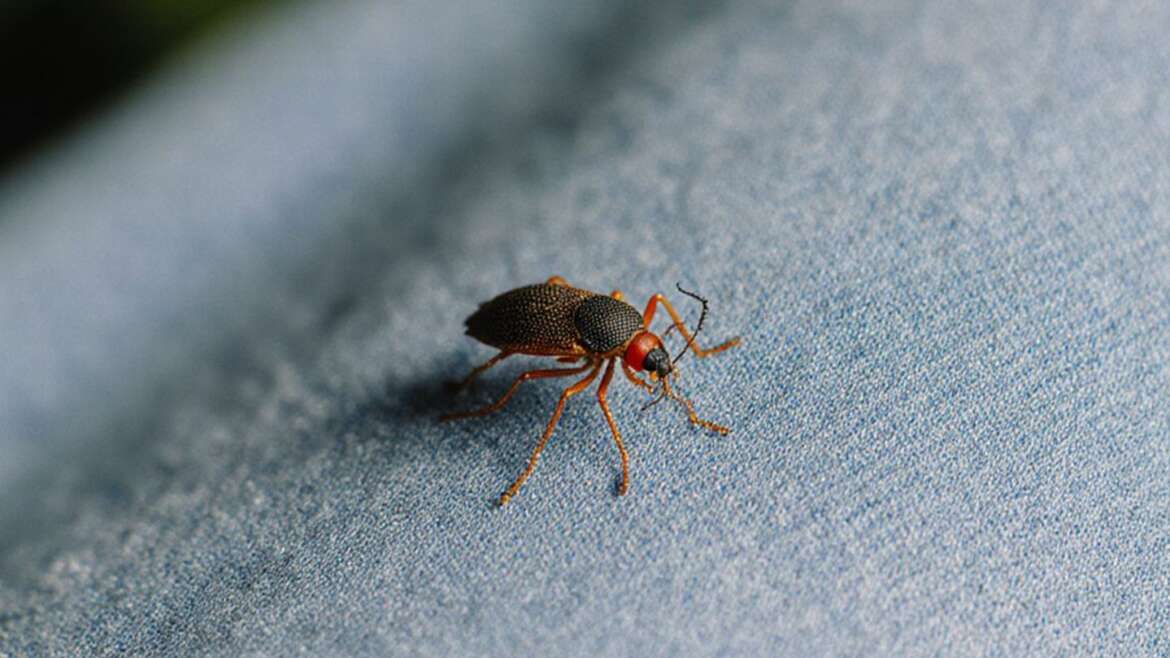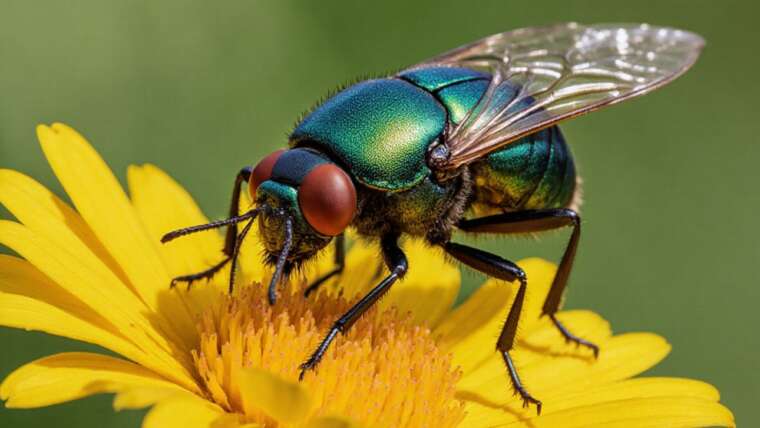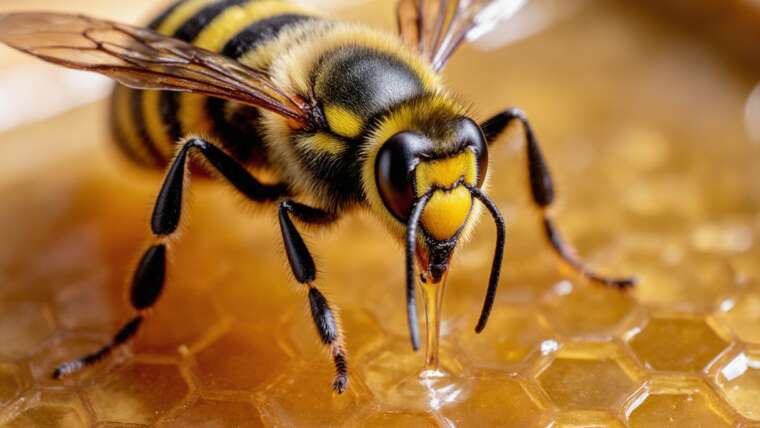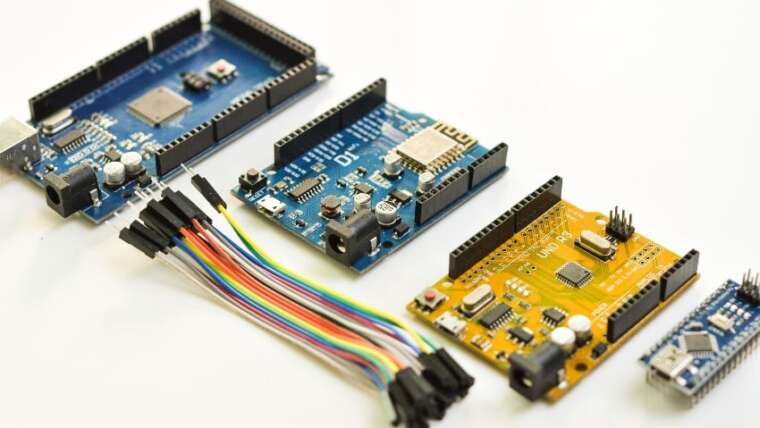Clothes moths, carpet beetles, silverfish, and crickets are notorious pests attracted to various elements in your clothing. These fabric-eating bugs thrive in dark closets and storage areas, where they find favorable conditions to feed on natural fibers and lay their eggs undisturbed. With their insatiable appetite for materials like wool and silk, it’s imperative to remain vigilant against these pests.
Tip: Regularly rotate your garments and linens, ensuring that each item is exposed to light and air, which can help deter these pests from settling down in your clothing.
If you suspect a severe infestation or are uncertain about how to properly address fabric-eating bugs, it’s advisable to contact Terminix for professional pest control assistance. Our trained technicians can conduct thorough inspections, create customized treatment plans, and provide ongoing monitoring and maintenance to ensure complete eradication of the infestation.
Common Bugs That Like to Eat Your Clothes
Identifying the bug causing damage to your clothes is crucial, as each pest behaves differently and prefers specific conditions and materials. Knowing your enemy allows you to determine the right treatments and strategies to prevent further damage.
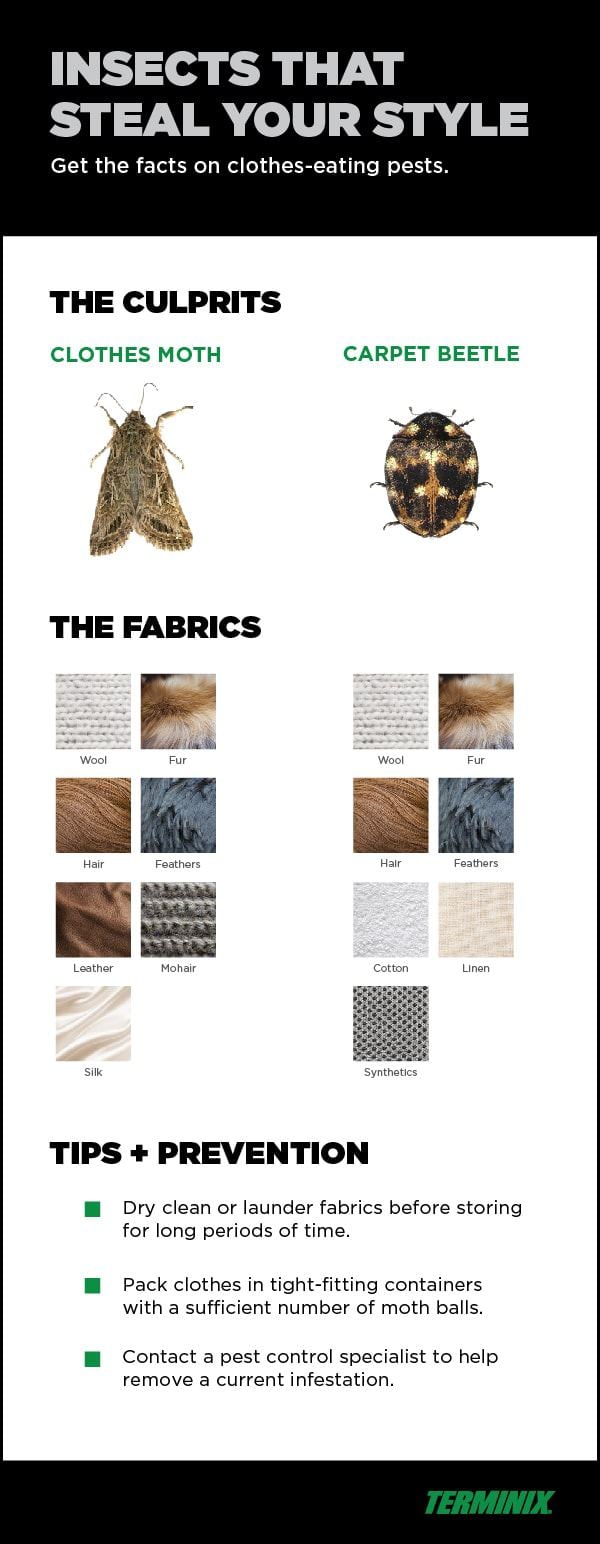
Clothes Moths
Clothes moths are especially attracted to natural fibers like wool, silk, and leather. They thrive in dark, undisturbed spaces such as closets and attics, where they can safely lay their eggs on susceptible materials. In addition to fabric damage, look for signs of their presence, including:
- Larvae Casings: Tiny, sticky tubes found on fabrics and rugs.
- Crusty Deposits: Accumulations on rugs, drapes, and clothing.
- Fur Shedding: Excessive shedding from fur garments.
- Webbing Residue: Slight webbing around affected fabrics.
Should you notice any signs of clothes moths, don’t hesitate to reach out to Terminix. Our technicians will assess your situation and implement a moth control plan targeting every life stage.
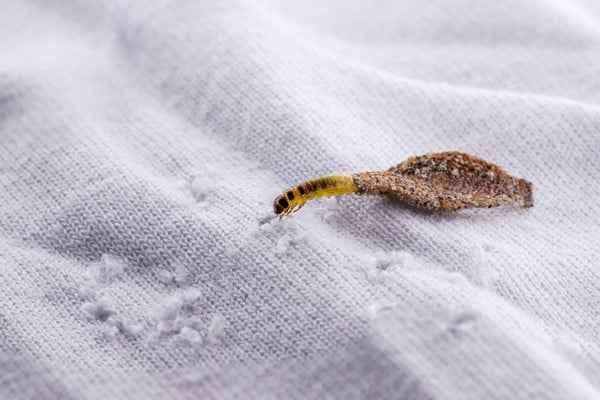
Carpet Beetles
Carpet beetles can wreak havoc on wool fabrics, fur, lint, and even carpets. They prefer to hide in dark, secluded areas and are often found in spaces where lint and pet hair collect. Damage caused by carpet beetles is often confused with that from clothes moths; however, carpet beetles tend to create larger holes across fabrics. Other telltale signs of their presence include:
- Holes in Fabrics: Large, irregular holes on garments or thinning areas on rugs.
- Shed Larval Skins: Often mistakenly identified as bed bug shells.
- Small Dark Fecal Pellets: Found near damaged materials.
- Tiny Beetles: Small beetles crawling on walls or dead near windowsills.
Tip: Use a lint roller to pick up any lint or pet hair in your closet, as this can make your space less inviting to carpet beetles.
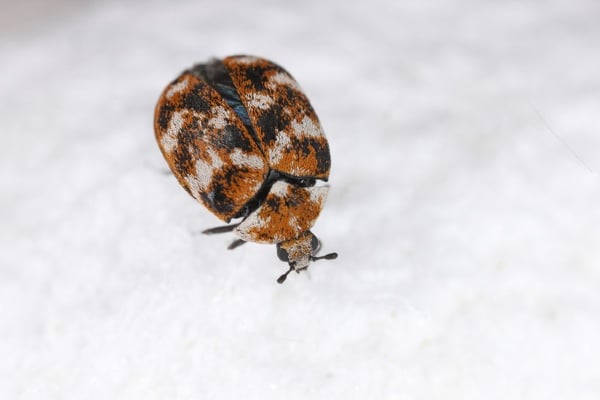
Silverfish and Firebrats
Silverfish are notorious for feasting on book bindings, paper, and fabrics like cotton and linen. Commonly found in damp areas such as basements and bathrooms, silverfish leave signs of their presence that includes:
- Yellowish Stains: Caused by their droppings.
- Tiny Irregular Holes: Found in paper or fabric.
- Small, Silvery Scales: Shed during molting.
If you suspect a silverfish infestation, contact Terminix for a thorough inspection and tailored treatment plan.
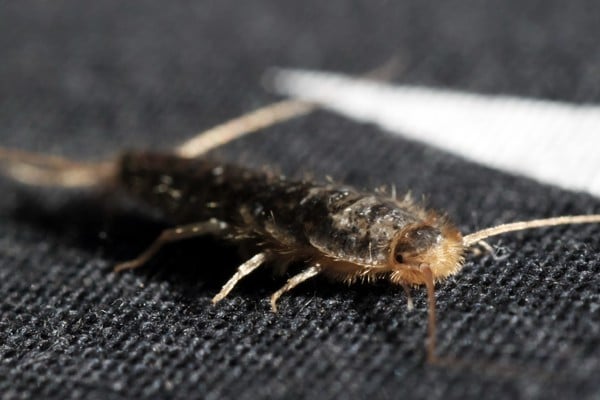
Crickets
Crickets can also become a problem within your home as they will munch on various fabrics, often preferring those soiled with sweat or made from materials like wool, cotton, and silk. These nocturnal pests often hide in dark, moist places such as basements or behind appliances. Look out for signs, including:
- Large Holes or Chewed Edges: In clothing and carpeting.
- Loud Chirping Sounds: This noise can signal an infestation and should be taken seriously.
Tip: To reduce cricket activity, consider installing a dehumidifier in damp areas to create an inhospitable environment for them.
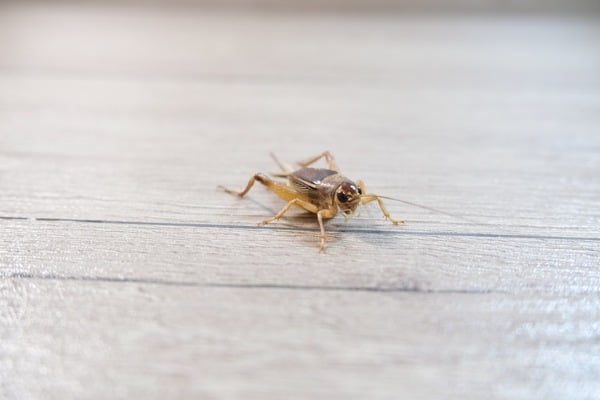
Getting Rid of Bugs in Clothing
If you find fabric-eating bugs on your clothes, there are several effective methods to eliminate them:
- Remove Infested Items: Take any infested clothing or linens out of your home and seal them in plastic bags to prevent the pests from spreading.
- Wash Clothing: Use hot water for washing infested items or have them dry-cleaned, as the high temperatures can kill bugs and their eggs.
- Freeze Delicate Items: For items that cannot be washed, place them in sealed plastic bags and freeze them for several days to eliminate pests effectively.
- Deep Clean Closets: Use a vacuum cleaner with a hose attachment to reach hidden crevices where bugs may hide and wipe down surfaces to remove dust and potential food sources.
If these steps do not yield results, it may be necessary to consult with professionals.
How to Help Prevent Bugs That Eat Clothes
To keep these pesky insects at bay, consider the following prevention strategies:
- Store Clothes Properly: Utilize airtight containers or vacuum-sealed bags for clothing storage when not in use.
- Regularly Clean Your Wardrobe: Regular washing will help eliminate any food particles, body oils, or sweat that can attract pests.
- Inspect Second-Hand Items: Always check for signs of pests before integrating any second-hand items into your home.
- Implement Preventive Measures: Seal cracks, repair window screens, and ensure your home is less accessible to these insects.
- Monitor for Signs of Infestation: Regularly inspect your clothing for any signs of damage or insect activity; swift action can prevent a minor issue from becoming a major infestation.
For year-round protection, consider PestFree3651, Terminix’s exclusive preventative pest control program that helps shield your home and family from various common pests, including clothes moths, silverfish, and house crickets!
1 Covered pests defined in your plan. Autopay is required. Voles and fire ants are only covered if they are in the home; lawn treatments are not included. Homes must be free of bed bugs during the initial service to qualify for bed bug coverage under the PestFree365+ Plan. This program applies to single-family, free-standing, owner-occupied homes only. Additional limitations may apply. Please see your plan for full details.

